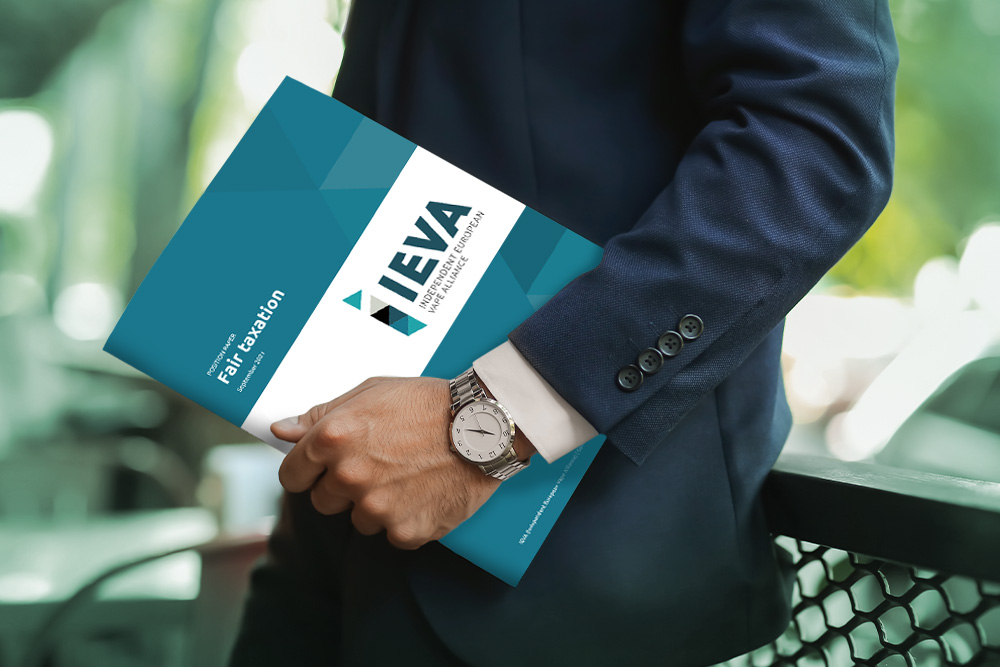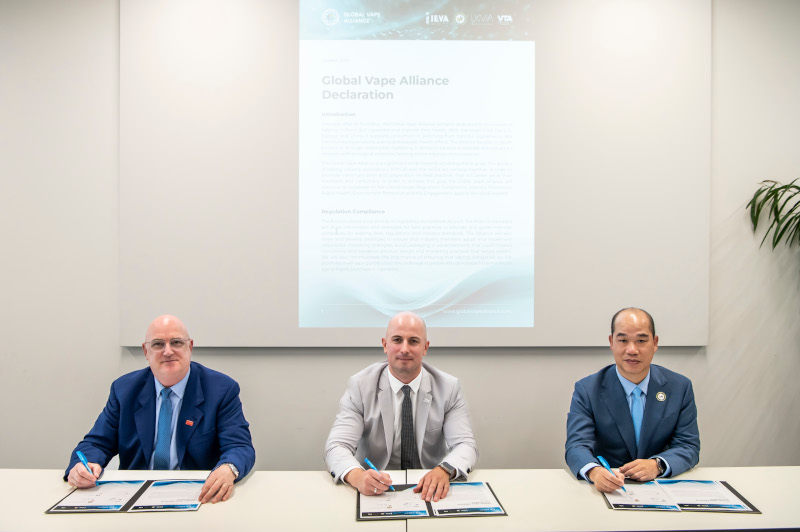
Eight million smokers worldwide die from a smoking-related disease every year. [1] Tobacco Harm Reduction is a chance for smokers to switch from an extremely harmful to a significantly less harmful alternative. [2]
Unfortunately, the WHO has lost sight of this in recent years. But it is not too late to repent. It must focus on the future of millions of smokers worldwide – a future that is much brighter should they switch to vaping – rather than its own counter-productive “quit or die” dogma.
The ninth conference on tobacco control of the WHO (WHO FCTC COP9) starts in Geneva next week. [3] During this important conference, measures to reduce the global smoking rate will be debated.
The WHO wrote in a publication a year ago: “There is conclusive evidence that: completely substituting [vaping] for combustible tobacco cigarettes reduces users’ exposure to numerous toxicants and carcinogens present in combustible tobacco cigarettes.” [4]
Now it is important to put this correct assessment into practice.
100 health experts write to the WHO
Similar demands have been made by leading scientists in this field. On October 18, 100 international health experts sent a public letter to the parties to the WHO Conference on Tobacco Control (FCTC COP9). [5]
Their view was clear: “100 specialists in nicotine science, policy and practice have come together to call on the 182 parties (countries) to the Framework Convention on Tobacco Control to take a more positive stance on tobacco harm reduction.“
IEVA assessment
“As a European association that is independent of the tobacco industry, we would like the WHO, together with other representatives from politics and science, to develop a targeted strategy for reducing the damage caused by smoking. Of course we as an industry are ready for this critical dialogue” said Dustin Dahlmann, President of IEVA.
Sources[1] WHO 2021: Tobacco key facts, Link
[2] Public Health England 2018: E-cigarettes are 95 per cent less harmful than tobacco cigarettes, Link [3] COP9/ FCTC Geneva 2021, Link [4] WHO 2020: Electronic nicotine and non-nicotine delivery systems, Link [5] 18 October 2021: Letter to the Parties to the Framework Convention on Tobacco Control Ninth Conference of the Parties, 8-13 November 2021 Link




